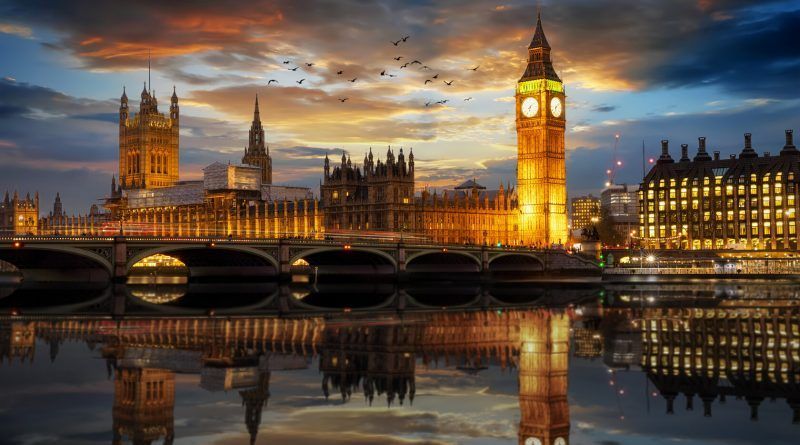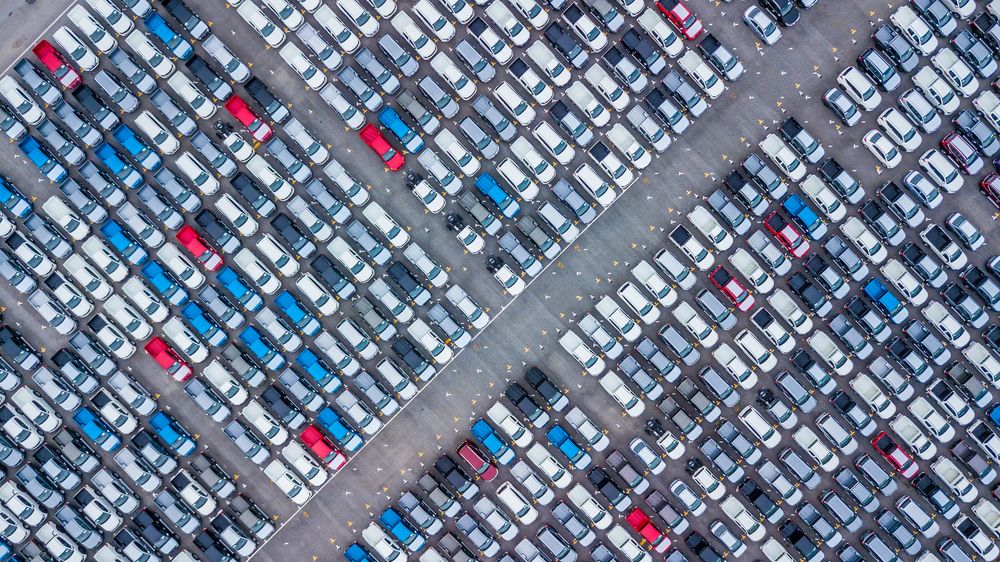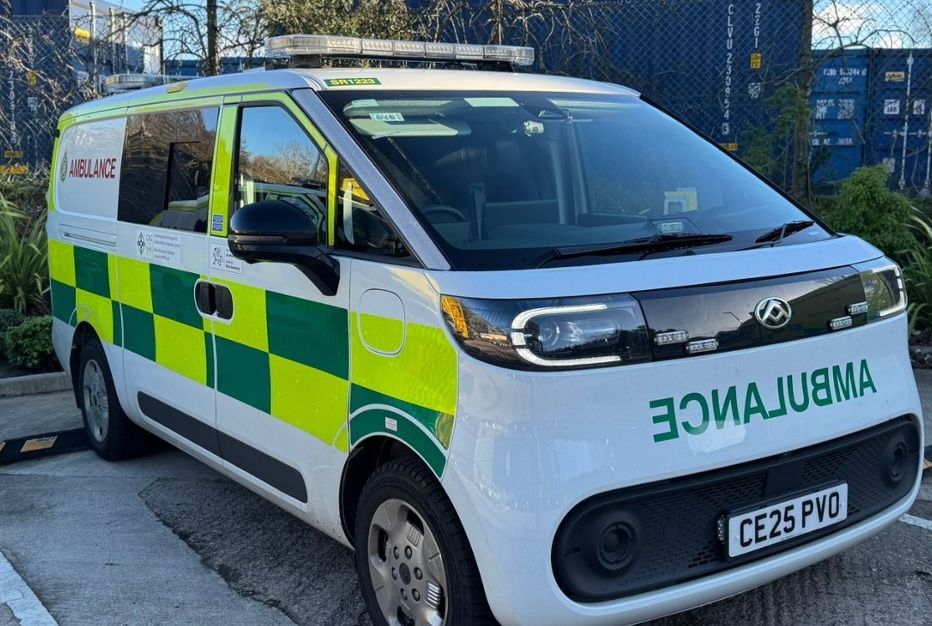Carolina Tortora, Head of Digital Transformation and Innovation Strategy at National Grid ESO, highlights the work being done to deliver a Virtual Energy System (VirtualES) and the role of the transport sector in supporting the route to net zero.
As fleet owners and individuals make the move from internal combustion engines to electric vehicles, the transport sector is set to become more connected to the British power system than ever before.
By 2050, Ofgem expects electric cars and vans to need between 65-100TWh of electricity per year, a 20-30% increase over current levels. To put this in context the entire UK’s electricity consumption in 2021 was 294.4TWh.
However, the switch to electric also presents an opportunity. Electric vehicles will not just take on fuel, or power, but will also act as batteries with the potential to transfer power back to the grid through vehicle-to-grid technology when demand is high. In this regard, the switch to electric can play a role in helping to accelerate Great Britain’s route to net zero whilst also addressing the issue of supply and demand.
Driving digital
At the start of 2022, the Energy Digitalisation Taskforce (EDiT) – a government-commissioned industry group focused on modernising the energy system – published a report emphasising the clear need for a digitalised energy system.
The report’s key recommendations included delivering interoperability to enable data exchange across the energy system, adopting digital security methods, and embedding a digitalisation culture.
A recent BEIS, Ofgem and Innovate UK joint response to EDiT found that while progress had been made towards these goals, more work was needed “to make an effective, secure, digitalised energy system a reality.”
As the transition to electric continues to gather pace, the time is right to build out the required digital framework to maximise the value of these new assets. This will require companies, and eventually individuals, across the energy industry to come together and share data, enabling more cost and energy effective decision making as we accelerate towards net zero emissions.
A virtual energy system
At National Grid ESO, Britain’s electricity system operator, the innovation team has launched an ambitious programme called the Virtual Energy System (VirtualES) to enable the required interoperability across the energy system. The VirtualES is a cross-industry initiative to create an ecosystem of connected digital twins of the entire energy system of Great Britain. It will operate in synchronisation to the physical system, including representations of electricity and gas assets and other sectors, to support decision-making, drive efficiencies and accelerate the journey to a net-zero future.
The VirtualES team, is currently developing a common framework required for data sharing across the energy system. This will function in a similar way to the basic building blocks that enable everyone to build out the internet, instead enabling data-providers to share their energy data with partners across the nation.
Since the programme launched in late 2021, National Grid ESO have worked with partners to test what interoperability requirements are needed to deliver the VirtualES ecosystem. Identifying how to deliver a system with the potential to help the transport sector, and society more broadly, to lower the cost of energy provision, introduce more renewable power and simplify the operation of the grid.
By participating in the Virtual Energy System, data providers and electric vehicle owners could share information about their charging habits and support the development of a more complete picture of the entire energy system. For example, Crowdflex, a project within the overall Virtual Energy System programme, is currently developing models of domestic flexibility including electric vehicles, to enable them to provide flexibility services for the electricity system, benefiting the whole electricity system and consumers.
Supporting the 2050 target
The VirtualES is focused on helping to deliver a net-zero future and National Grid ESO has also highlighted Future Energy Scenarios (FES) that represent a range of different, credible ways to decarbonise our energy system as we strive towards the government’s 2050 net-zero target.
By then, over 37.4 million electric vehicles are expected on the UK roads. By analysing the data provided by millions of electric vehicles up and down the country, the VirtualES could be used to assess how future charging behaviours could impact domestic power demand and flexibility. Even with smart charging, the additional peak electricity demand from electric vehicles is expected to reach between 7-19 GW in 2050, therefore a system that could help balance the grid and reduce peak demand, such as the VirtualES, could be essential.
All roads lead to net-zero
The value of the VirtualES depends on collaboration across Britain. The more individuals, companies and industries that come together, and share their data, the more useful the system becomes.
With a complete map of digital twins spanning the breadth of Britain’s energy footprint, the VirtualES will enable operators; to deliver the most efficient path to meet power demand, to model and test the introduction or removal of major power supplies without costly changes to physical assets and to maximise the use of renewable power.
However, the project can only succeed if everyone comes together to share data in pursuit of a digitalised, decarbonised energy system. With sufficient data sharing through the VirtualES, the system could deliver tangible benefits for the sector, now and in the long-term as the journey to net zero continues.
More information about the Virtual Energy System can be found by visiting: www.nationalgrideso.com/future-energy/virtual-energy-system.








